Quick Links
It‘s easy to get started with Google Ads for your business.
Click a few settings, set up a payment method, and you‘re running ads in no time.
You might also be wasting money, because Google Ads are easy to create but much harder to get right.
Just getting set up isn‘t enough. You need to optimize your Google Ads campaigns to get the best return on investment (ROI).
If you‘ve tried Google Ads and think they don‘t work or are too expensive, this optimization guide is for you. We‘ve broken down Google Ads optimization into five easy-to-follow steps.
What is Google Ads optimization?
Google Ads (formerly Google AdWords) optimization is the process of tweaking your account, campaigns, keywords, targeting, and ads to maximize every cent you spend.
It‘s not something you do just once. Optimizing for ideal Google Ads performance requires ongoing monitoring and modification.
The good news is that Google Ads optimization pays off in lower ad spend and higher CTRs and conversion rates.
What is the Google Ads Optimization Score?
Google has a feature that can help you optimize your Google Ads account. It‘s called the Google Ads Optimization Score.
Your Optimization Score is Google‘s estimate of how well your Google Ads account is set to perform. You can find it at the top of your recommendations page. The score is a percentage between 0% and 100%.
Underneath your score, you‘ll see Google‘s suggestions for how to improve the number. For example, it might say, “add price extensions to your ads.” It also tells you how many percentage points following Google‘s recommendation will add to your score.
In some cases, there‘s an “Apply” button that you can click to implement the recommendation instantly.
What‘s a good Google Ads Optimization Score?
A higher Google Ads Optimization Score is better than a lower one, but that doesn‘t mean you should always aim for 100%.
It‘s important to take Google‘s suggestions with a grain of salt. It doesn‘t know your business or your goals, and some of the recommendations might not apply to you.
For example, Google will happily recommend increasing your bids or your budget, even if this will make your campaigns unprofitable.
Google will also recommend smart bidding strategies, even if your small-scale campaign doesn’t have sufficient data or budget for it to be impactful.
The highest score you can get is 100%, but don‘t be surprised if you add up the percentages given for each recommendation and find it‘s more than 100. That‘s because, sometimes, completing one suggestion invalidates another.
Should you optimize your Google Ads yourself?
Anyone can learn to create and modify their Google Ads campaigns, but the process of optimization is time-consuming and has a lot of moving parts.
Online advertising is always evolving, and there are new updates and more competition every month. A pay-per-click (PPC) professional has the expertise and bandwidth to get the best ROI out of your Google Ads account.
Just ask this ecommerce company.
The company was considering shutting down its ad campaigns because the advertising cost of sale (ACOS) had gotten too high. Our experts at the HOTH were able to reduce the average cost per sale by 70.14% in just two months. They audited search terms, added negative keywords, optimized ads, and much more.
You can benefit from expert PPC management too. Just reach out to HOTH PPC.
Step 1: Set up your Google Ads account
The first step of optimization is ensuring that your account is set up and structured properly.
If you don‘t have a Google Ads account, head to ads.google.com and click “Start Now.” You can add Google Ads to any existing Google account you have.
Google makes it easy (sometimes a little too easy) to get your campaigns running by funneling you through a series of questions that help you create and launch ads. Of course, Google wants you to put money into the platform as soon as possible.
But if you want to optimize your Google Ads account, you should think through your strategy before entering your credit card information.
Know your goals
There‘s a reason the first question Google asks when you set up a campaign is about your goals.
A campaign to drive sales will look different than a campaign designed to spread brand awareness. Know what you want to achieve to get the most out of your ads.
In addition to the purpose of your ad campaigns, you want to think about how you‘ll measure your success. When you make small modifications to optimize your account, what‘s your objective? Some examples of PPC metrics that you can find on your Google Ads dashboard include:
- CTR: Click-through rate, or what percentage of ad impressions result in clicks
- Conv. rate: Conversion rate, or what percent of impressions result in conversions
- Avg. CPC: Cost per click, or how much you spend for each person who clicks your ad
- Cost/conv.: Cost per conversion, or how much you spend on the average conversion
- Interactions: The main user action associated with an ad format, like views for video ads
There are many more metrics you can track on Google Ads. Make sure you know which ones matter most to your campaign.
Optimize your account structure
Before you start creating ad groups and ads, you should understand how Google Ads accounts are structured.
There are four layers: account, campaign, ad group, and ad/keywords.
Account
This is straightforward — you manage your campaigns from your Google Ads account. It includes your business information and payment methods.
Campaigns
At the campaign level, you decide which campaign type you want to run, your daily budget, and who you want to target.
So how many campaigns should you create? That depends.
If you want to run multiple types of ads (for example, search ads, shopping ads, and video ads), you should create separate campaigns for each.
If you want to target different demographics or geographic locations, you also need to create more campaigns. For example, you could have a campaign targeting people in the United States and another targeting Germans.
Finally, campaigns can be divided by budget or bidding strategy. If you want to invest more in one group of ads than another, you can put them under separate campaigns.
Ad groups
Within each campaign, you can create multiple ad groups. It‘s best to stick to fewer than ten groups, or it gets hard to manage.
You should get pretty granular with your ad groups. Two useful strategies include SKAG and STAG.
SKAG refers to single keyword ad groups. Ad groups with just one keyword are advantageous because you know exactly what people are searching for when they see your ad. You can then create the perfect ad and landing page for that search term.
The problem with SKAGs is that Google no longer offers true exact matches. If you choose the exact match keyword option (more on match types below), it will show your ads when the meaning of the search is an “exact match” for your keyword, not just when the words match exactly.
So if you have a SKAG for “lawn mowing service” and another for “grass cutting service” (to quote Google‘s own example), they‘ll be triggered by the exact same searches.
Another type of ad group is a STAG, or single theme ad group. This is when you have multiple keywords in the ad group, but they all have a similar search intent.
For example, a pet supplies store might have one ad group focused on buying cat toys and another for dog food.
STAGs are a little less specific than SKAGs, but they can still improve your CTR.
Keywords and ads
Each ad group will have keywords and ads. We‘ll get into how to optimize these in the next two steps.
Step 2: Optimize your keywords
Keyword strategy is a big part of Google Ads.
When you‘re deciding which searches you want your ad to appear for, it‘s tempting to include every keyword you can brainstorm. And Google keyword tools make it easy to develop a long list.
But your account will do better if you start with the right keywords, test their performance, and cull the ones that don‘t work.
Here are some tips for selecting the best keywords.
Choose your keyword match types
You can choose from three keyword match types: broad match, phrase match, and exact match.
Broad match means that your ad could appear whenever a search includes words related to your keyword. Phrase match is when the phrase searched has to include the meaning of your keyword, but can also have other words. If you choose exact match, ads will only show for searches that have the exact same meaning as your keyword.
You can see Google‘s examples in the image below.
When it comes to keywords, it‘s important to consider search intent. Broad match might get your ad in front of the most people, but are those people looking for what you‘re selling?
We suggest starting with phrase match and exact match. Then monitor your keywords and see what works. If you‘re getting more conversions from exact match than phrase match (or vice versa), eliminate the match type that isn‘t performing as well.
Add long-tail keywords
When you‘re brainstorming keywords, don‘t forget about long-tail phrases.
Long-tail keywords are highly specific. For example, “travel agency” is a short-tail keyword, while “luxury travel agency for Asia” is long-tail.
“Travel agency” has a higher search volume, but most of the people searching aren‘t looking for a luxury agency for your destinations.
Because of the specificity, keywords with more words tend to get a higher CTR and conversions. And a lot of people are making these longer searches — key phrases of three or more words — account for over 40% of search queries.
Include negative keywords
A negative keyword is a keyword that prevents your ad from being shown for a certain word or phrase.
The word “free” is one of the most common negative keywords. If you‘re selling accounting software, and you don‘t have a free version, you don‘t want to pay to advertise in searches for “free accounting software.”
Bid more on “near me” keywords
This one is for brick-and-mortar businesses.
If you‘re trying to get people to come to your physical location, try bidding a bit more on localized keywords, like “musical instrument repair near me” or “musical instrument repair Cleveland.”
Monitor your Search Terms Report
The Search Terms Report gives you data on how your keywords are performing. You‘ll need to keep an eye on this report to ensure that you‘re only putting money into keywords that really work.
The Search Terms Report will help you determine which keywords to remove or add to your negative keywords list. For example, if one keyword is getting a lot of impressions but no clicks, you don‘t want your ad to be shown for that word anymore, so try making it a negative keyword.
You can also use the report to check which match type is working best.
Step 3: Follow ad creation best practices
You‘ve made your ad groups and chosen your keywords. Now it‘s time to make (or optimize) the ads that drive your clicks and conversions.
Consider search intent
The number one thing you should think about through this process is search intent. Look at the keywords for your ad. When someone types those words into a search engine, what are they hoping to see?
The simplest way to make your ads match the searcher‘s intent is to include the keyword in your headlines. If someone did a Google search for “embroidery service near me,” they‘ll be more likely to click on the ad that says “Custom Embroidery Service in Minneapolis” than the one that says “Order a Cool Custom Logo.”
Use responsive ads
Responsive search ads (RSA) have up to 15 headlines and four descriptions. Google‘s AI split tests them for you and learns which are the best match for each query. This results in higher CTAs.
Our own tests of responsive search ads saw a 4% increase in CTR compared to static text ads.
In 2021, Google made responsive ads the default ad type. That means if you‘re creating new ads, this is what you‘ll start with. But if you‘re already running static ads from before the change, it‘s worth creating some new responsive campaigns.
Add relevant ad extensions
Extensions expand your ad with additional information. These extensions are often valuable and improve your CTR. Here are a few examples:
- Location extensions include your address, the distance from the Google user to your business, a link for directions, or a clickable phone number.
- Sitelink extensions add links to specific pages on your website, like the About page or the Pricing page.
- Price extensions show the prices for various products or services you offer.
Test your ads with different extensions and see what works.
Optimize your ad landing pages
Imagine the ad experience through the eyes of your potential customer. They searched “wedding photography pricing” and clicked your ad. But they end up on your homepage, which features family portraits and nothing about pricing.
They bounce and click the next result instead.
Don‘t stop thinking about search intent after you write your ad copy. You should be directing traffic to a landing page that delivers exactly what the searcher is looking for.
In addition to being relevant, usability matters. 69% of Google Ads clicks come from mobile. If your landing pages aren‘t mobile-friendly, you‘re going to have a lot of frustrated visitors.
Step 4: Choose the right bidding strategy
Your bidding strategy is determined at the campaign level. There‘s one manual option and four automated options.
Manual CPC
Manual bidding is a good place to start with Google Ads bidding. You set your bids manually at the keyword level, and that number never changes unless you choose to update it manually.
This option gives you the most control, but you don‘t get to take advantage of Google‘s machine learning.
Automated bidding strategies
Automated bidding lets Google do the heavy lifting. It tends to work best if you‘ve been running your campaigns for a while and already have a lot of data in your account.
Over the last year, Google has narrowed its automated bidding strategies down to just four.
Maximize clicks
With this strategy, Google automatically sets your bids to maximize the number of clicks you get on your ads.
You can set a maximum CPC for bids to ensure that Google doesn‘t spend more than you want. If you don‘t enter a bid limit, Google will try to get you as many clicks as possible without going over your daily budget.
We recommend setting a limit. If you don‘t, Google will spend your entire daily budget whenever possible, even if the clicks are too expensive.
Maximize conversions
This is similar to maximize clicks, but for site conversions. You can set a target CPA (cost per acquisition or conversion) to help guide its bidding.
For this bidding strategy, you must have conversion tracking set up correctly. If you don‘t, you can still select Maximize Conversions, but Google won‘t have any information to make good decisions.
In a worst-case scenario, you can severely overbid for traffic Google thinks is converting, and burn through your budget in a few days.
Maximize conversion value
This bidding strategy is a bit more complex than maximize conversions and requires more setup.
In addition to tracking conversions, you‘ll have to assign a value to each type of conversion. If one conversion type makes your business an average of $500 and another makes you $2,000, Google will prioritize the higher-earning type when possible.
This option is best for ecommerce stores, perfect for any remarketing campaigns or shopping campaigns.
Target impression share
Target impression share maximizes your ads‘ chances of appearing on the search page. You can select a percentage impression share you want to target and choose where you want to appear on the search page. This could be the top of the page, anywhere on the page, or the absolute top of the page.
Setting a maximum CPC keeps Google from overspending.
This strategy is best for campaigns focused on brand awareness. You want your ads to be seen as much as possible, even if you don‘t get a high CTR or conversion rate.
Keep an eye on your CPC. If your keywords are competitive, hitting your target impression share could be more expensive than you‘re comfortable with.
Step 5: Analyze and optimize
PPC isn‘t something you can set and forget. Google Ads optimization is an ongoing process. This step is all about how you manage it.
Set up conversion tracking
If you haven‘t set up conversion tracking on your website yet, you‘ll need to do this to properly analyze your Google Ads performance. Conversion tracking involves installing tags on your website so that you can see your conversions (and their source) in Google Analytics.
Do maintenance checks
Set up a regular schedule for checking on the performance of your Google Ads. Things to look for include:
- Keywords that aren‘t performing: Remove these and/or add them to your negative keywords list
- Ad variations that aren‘t getting clicks: Consider how to modify them for better relevancy
- Keywords or ads with a high CTR but low conversion rate: Think about your landing page and whether it matches search intent
- Google‘s recommendations to improve your Optimization Score: Are any of them relevant to your business goals?
Create automated rules
You can set up automations so that Google will pause your campaign, change your budget, or send you an email if something happens. For example, you could set up a rule that your campaign should be paused, and you should be emailed if the CTR falls below 2%.
These rules keep you from losing money when you‘re not paying attention.
Monitor your Quality Score
Quality Score is a number Google assigns at the keyword level to rate the quality and relevance of your ads.
It depends on factors including:
- CTR
- Keyword relevance
- Landing page experience
- Ad copy relevance
- Account performance history
A higher quality score can result in lower costs and a higher ad rank. It‘s something you can keep an eye on to diagnose issues.
Conclusion
Google Ads is one of the best digital marketing channels for driving traffic to your website and increasing conversions. But doing it right requires both time and PPC expertise — both of which are often in short supply at businesses both small and large.
Our seasoned Google Ads experts can help. We‘ll build a customized strategy for your paid ads and monitor and optimize your entire campaign from top to bottom.
Ready to maximize your Google Ads ROI? Schedule a call with one of our PPC experts.


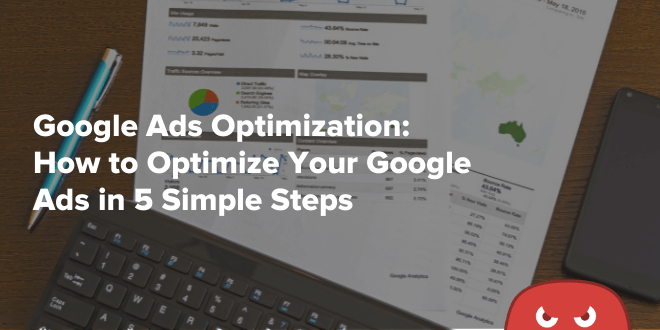
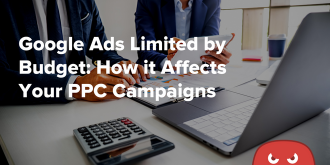
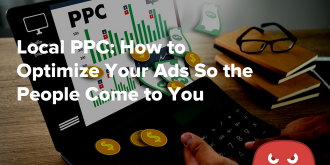
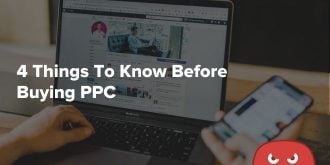
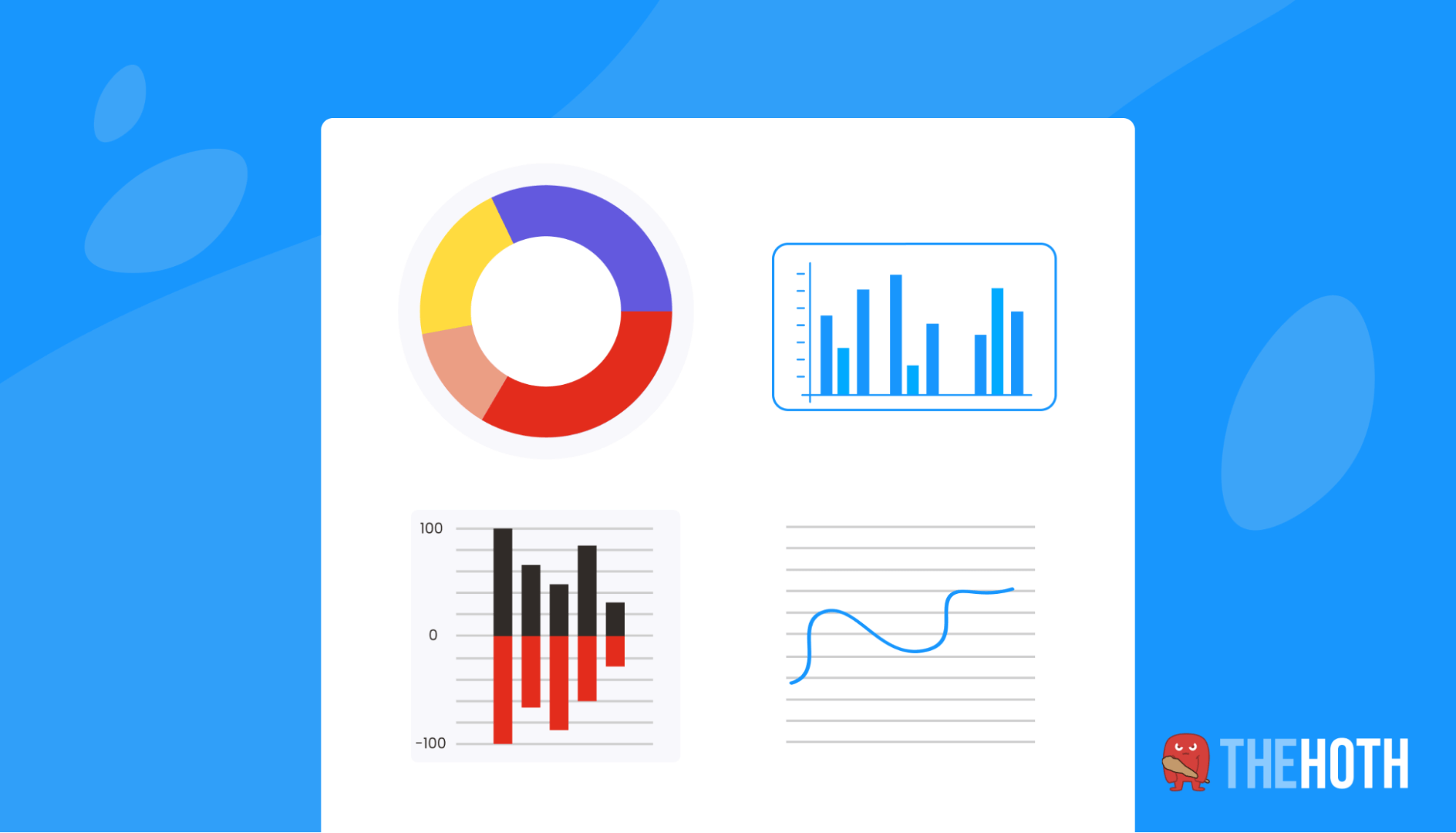
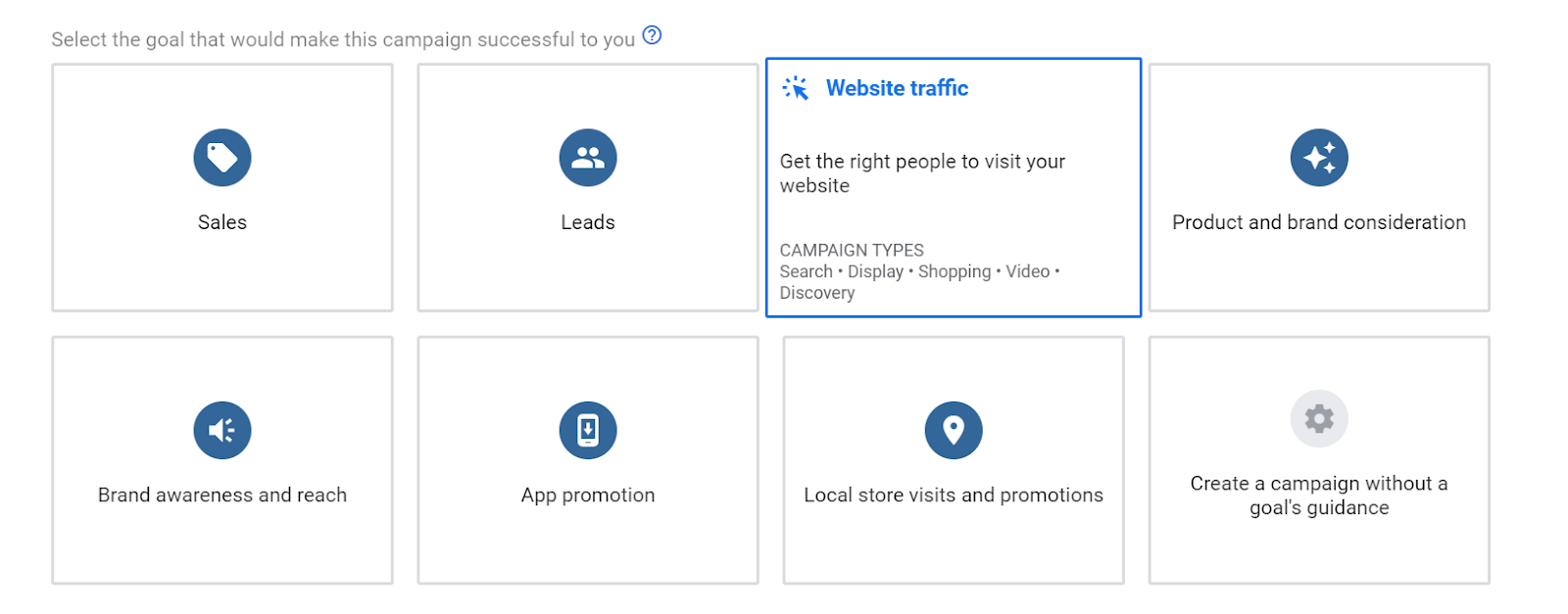
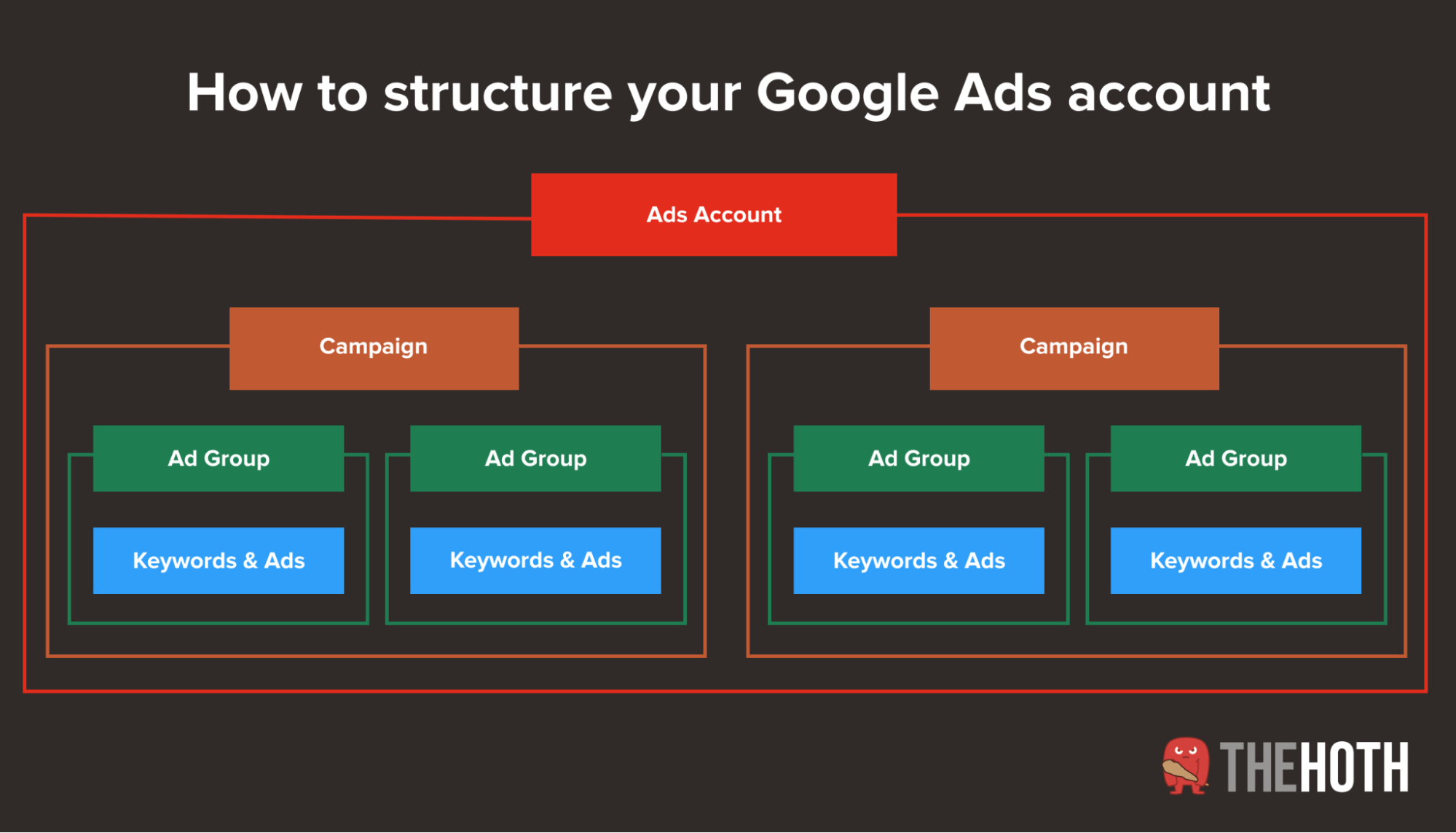
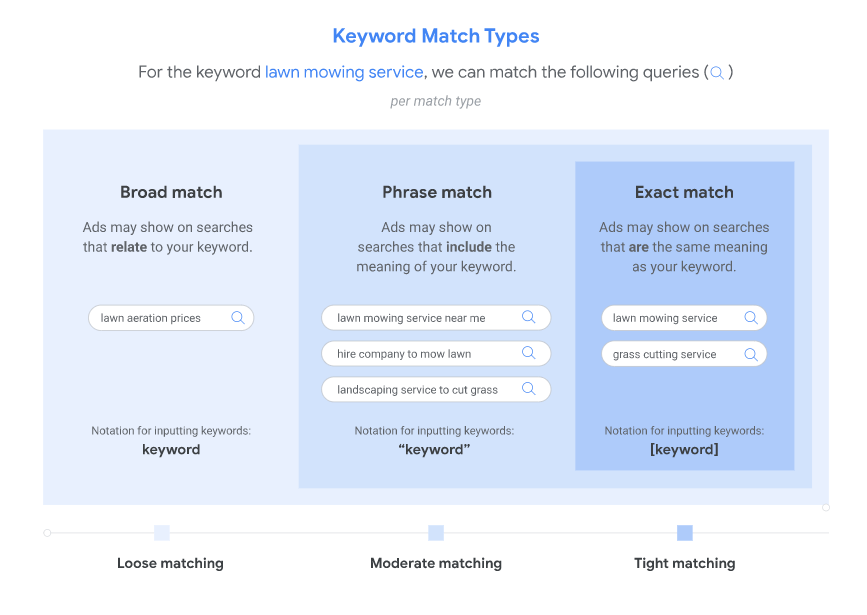
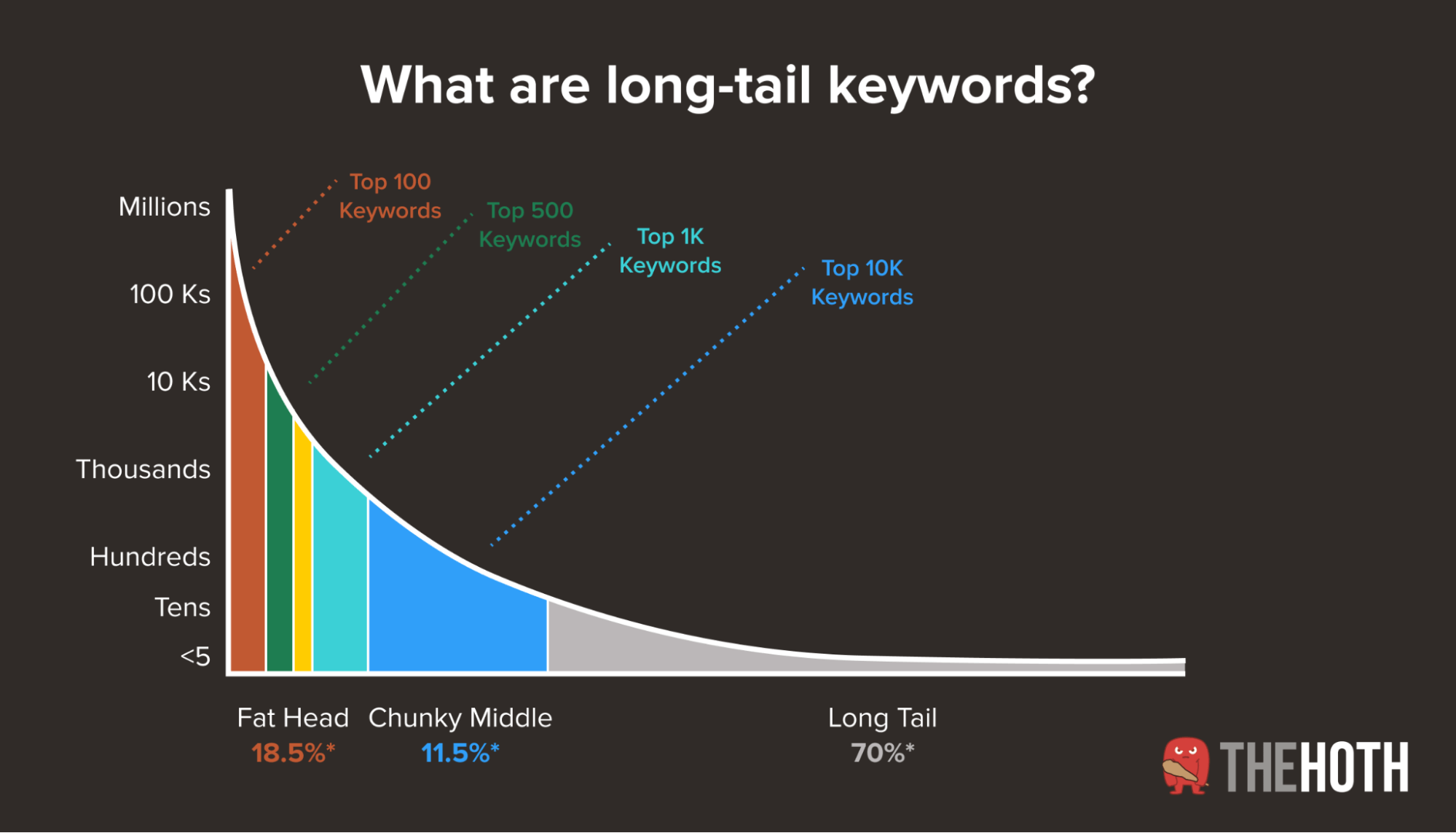
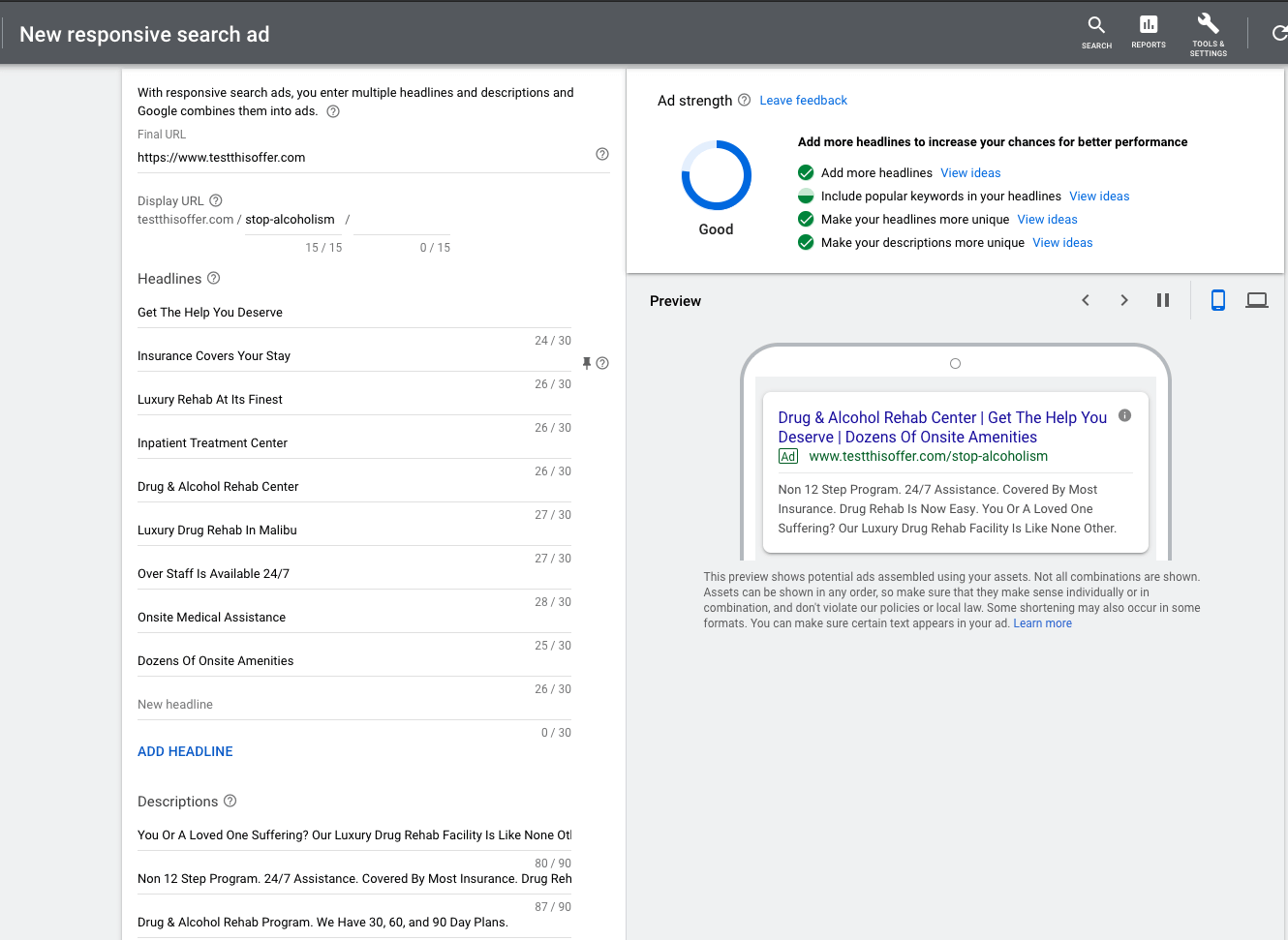
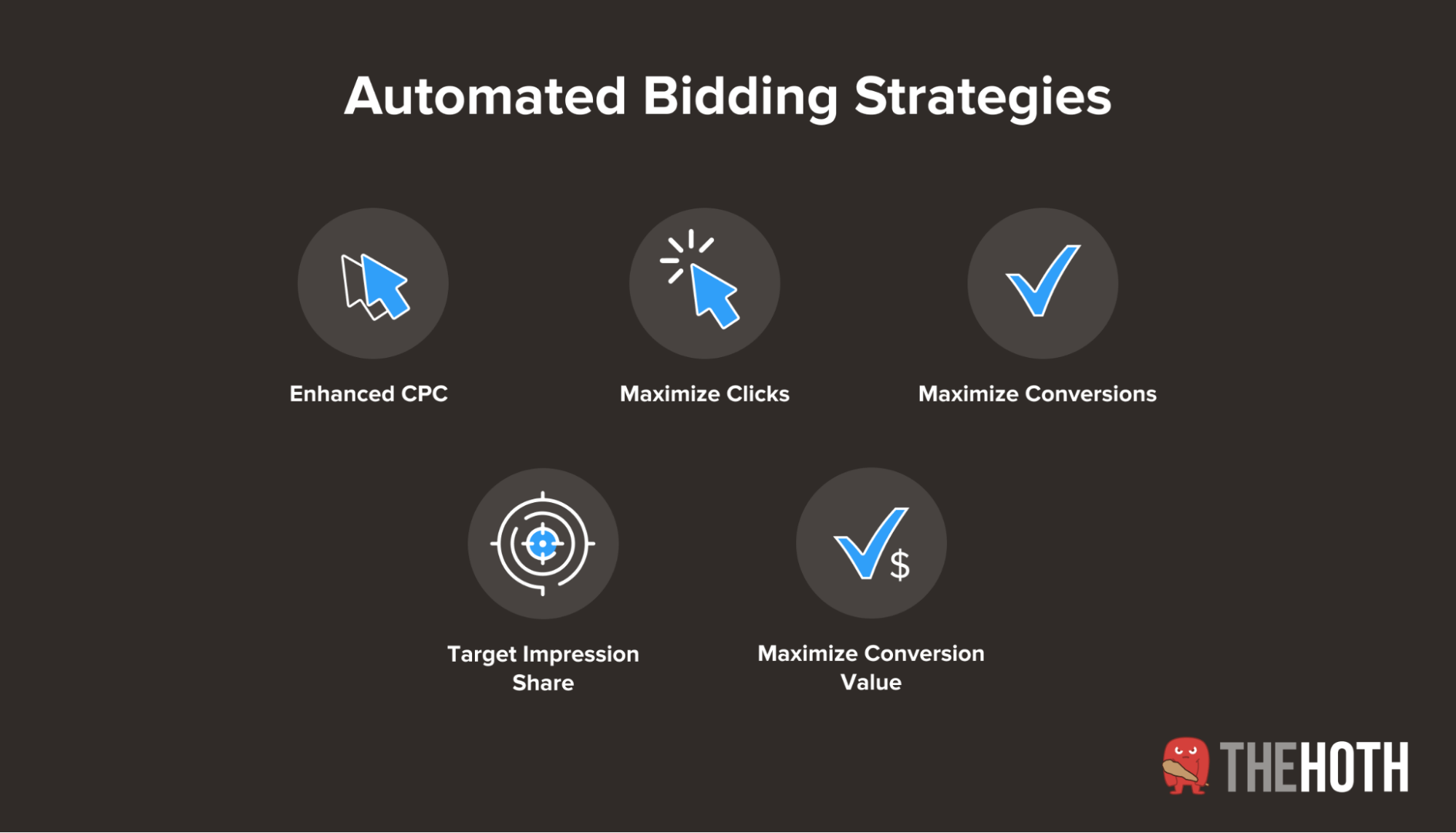
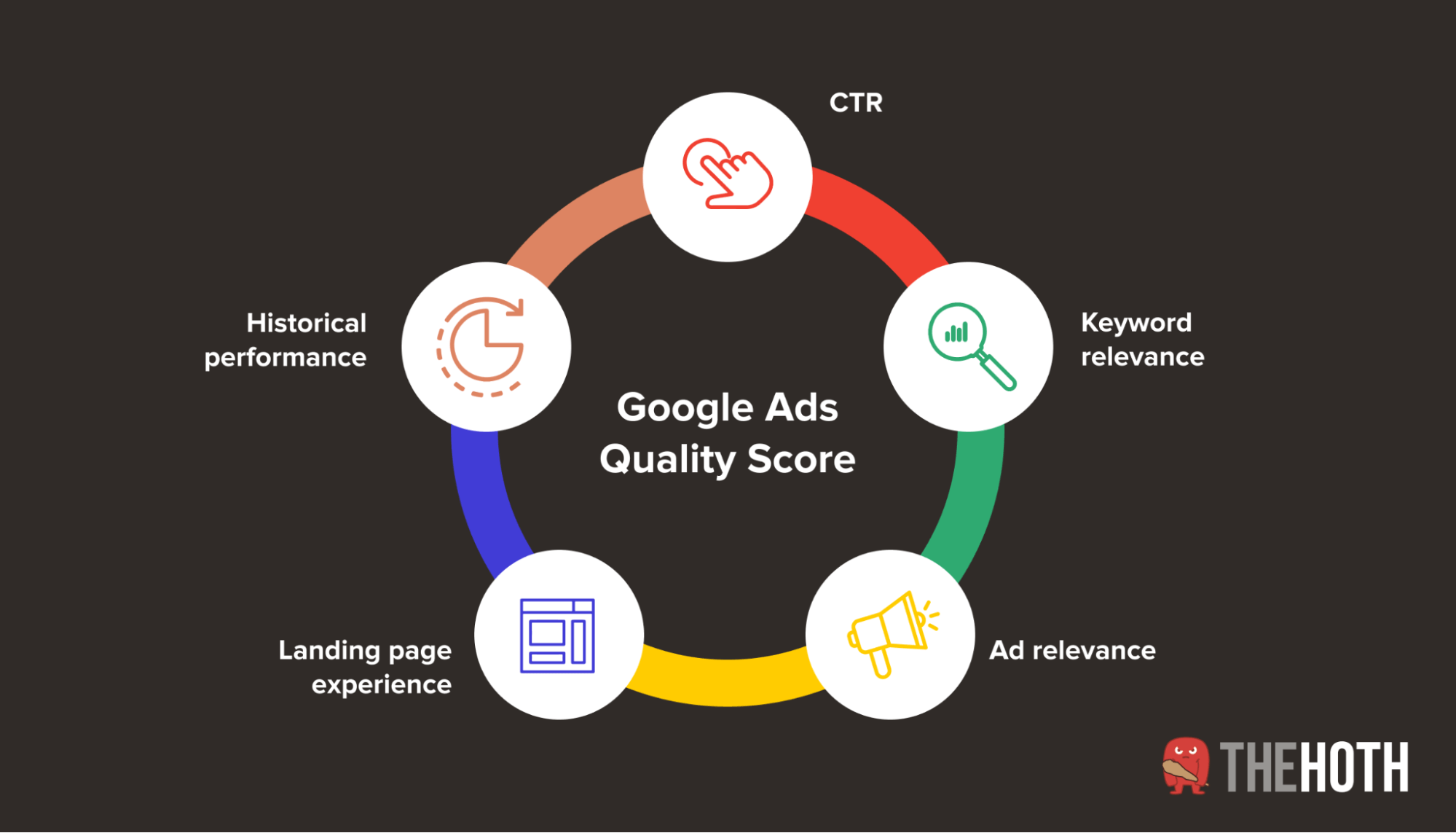


thanks for sharing, indeed